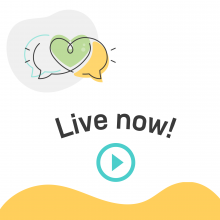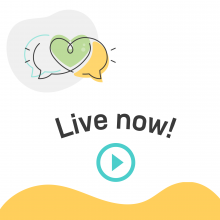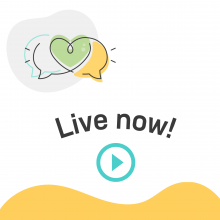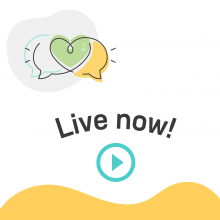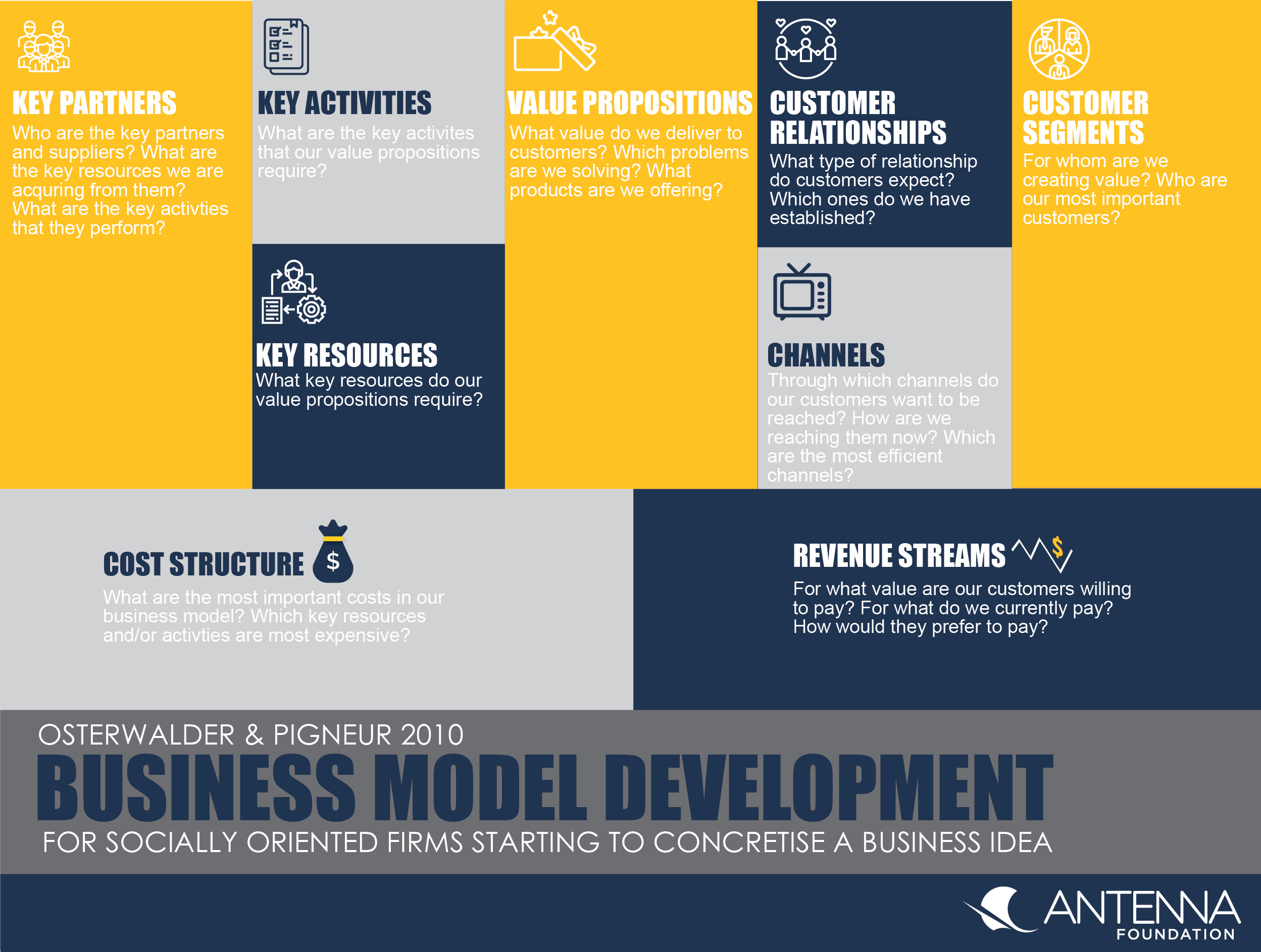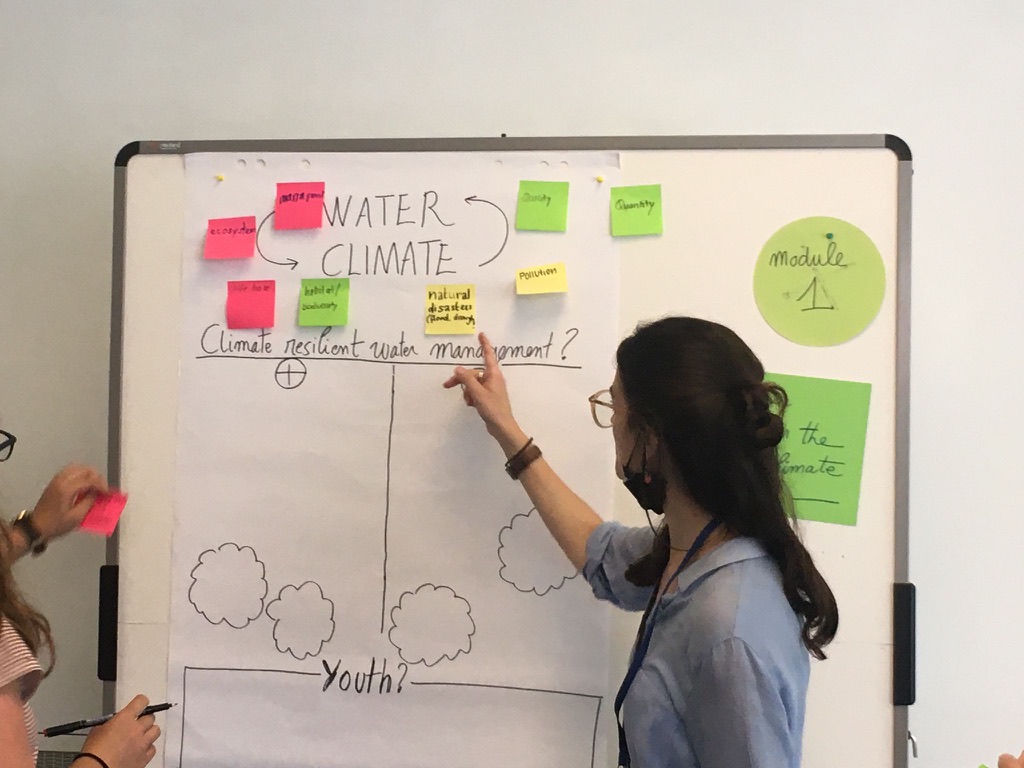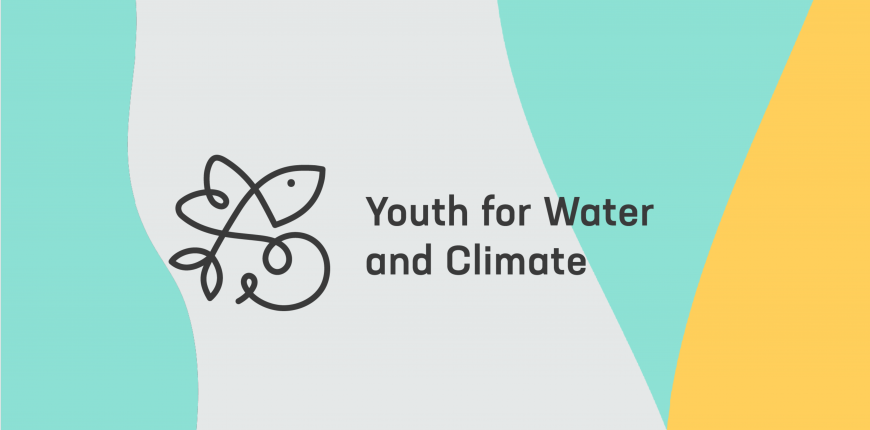

Building Your Water & Climate Career
Welcome to Building your Water and Climate Career, an online course for aspiring water and climate professionals that will guide you through the different steps involved in finding the right job in the sector.
Just a few things to know before you embark on this course
- Structure of the course: 4 different Modules comprising of 5 to 10 sub-topics each
- Who is it for? Recent graduates or young professionals seeking to broaden their career options, whether you are looking for your first job in the sector or you simply want to seek new opportunities
- Pre-requisites: Interest in environmental topics, particularly in water and climate change
- Content: Tools and guidance that will set you up for successfully embarking on a career in the water & climate sectors and that will make you more employable
- Time for completing course: we recommend you complete at least 2 topics per week. Each topic should take you around 1-2 hours.
Program funding partners
| Erasmus + | 
|
| Swiss Agency for Development and Cooperation (SDC) |

|
| Agence de l'eau Artois - Picardie |  |
Program implementing partners
| Solidarité Eau Europe (SEE) | 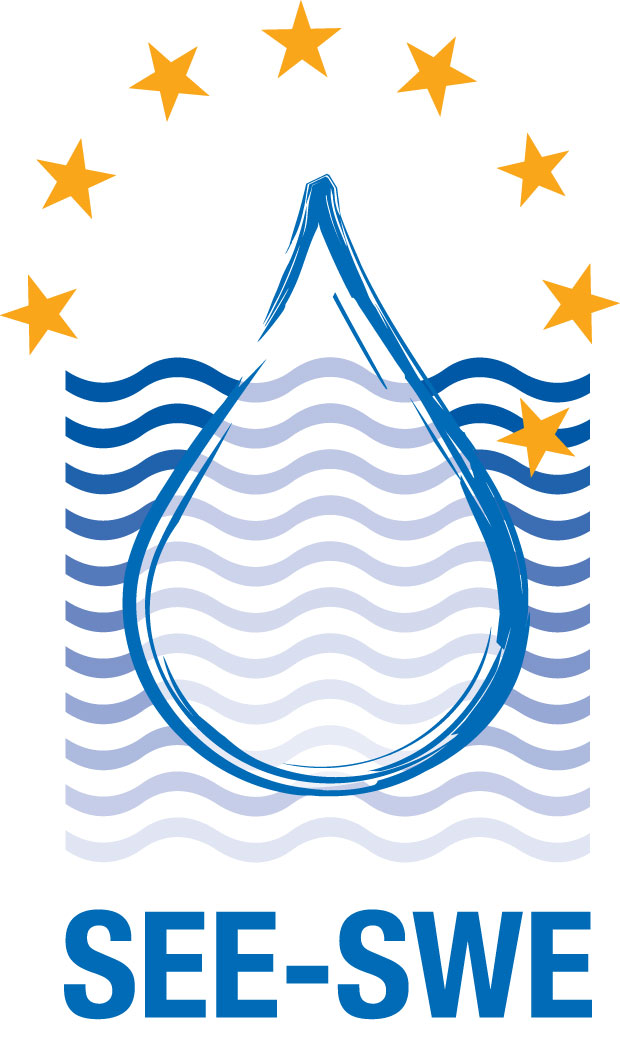 |
| Secrétariat international de l’eau (SIE) | 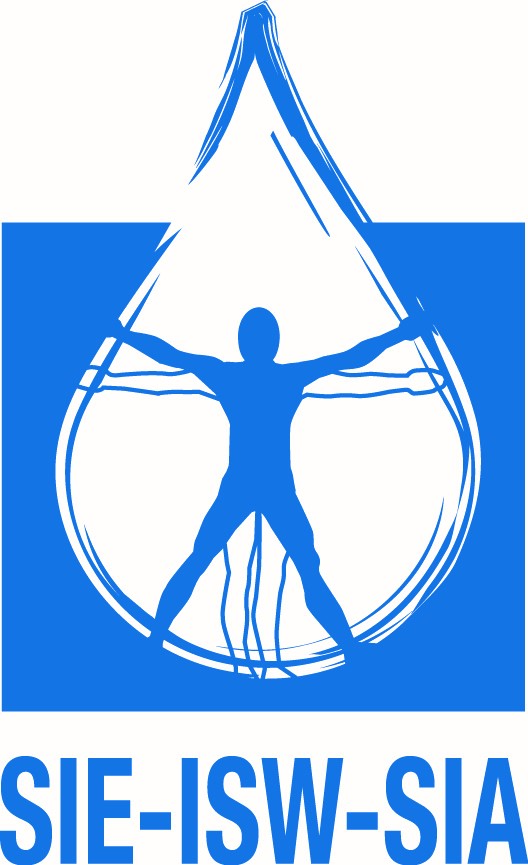 |
| Global Water Partnership (GWP) |  |
| GWP Central and Eastern Europe |  |
| GWP Hungary | 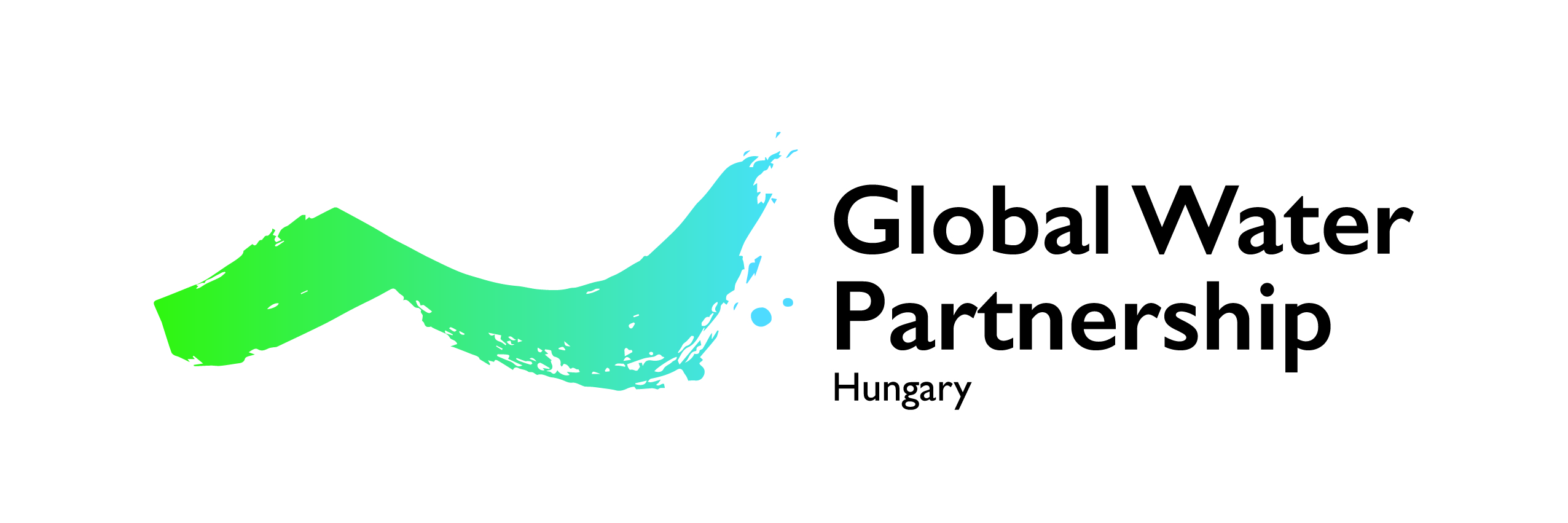 |
| cewas |  |
| Good Planet Beligium | 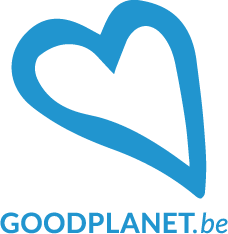 |

